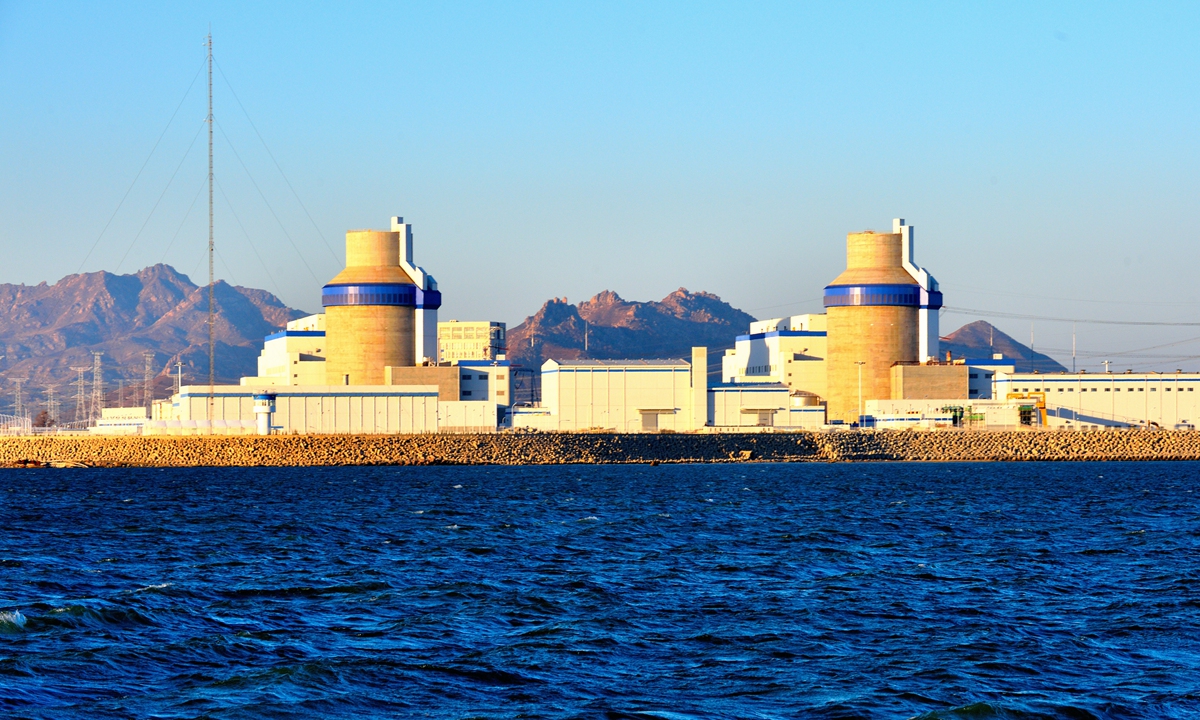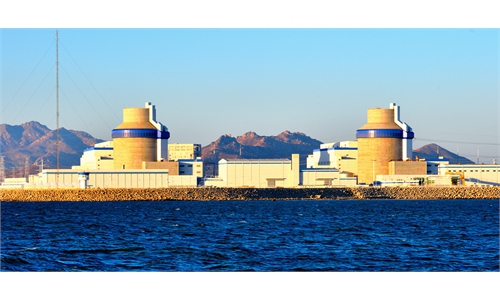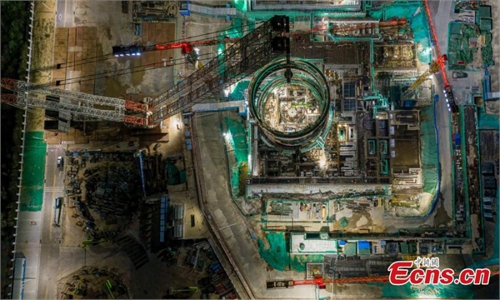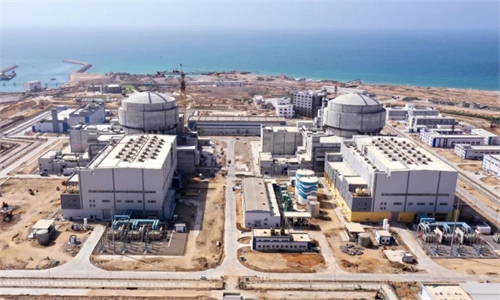China’s homegrown ‘Guohe One’ third-generation nuclear technology to be broadly deployed before 2034

The Haiyang Nuclear Power Plant in East China's Shandong Province. Photo: Courtesy of Shandong Nuclear Power Company
China's third-generation nuclear power technology "Guohe One" has made new breakthroughs in its domestic building efforts, and the "Guohe One" will be using completely home-grown parts in 2023, the Shanghai Securities News reported on Wednesday, citing an executive from the State Power Investment Corporation Limited (SPIC).
Breakthroughs have been achieved in a total of 11 sets of equipment to use domestic technology and parts to substitute foreign ones in 2022, according to Lu Hongzao, SPIC's deputy general manager at a meeting in Shanghai on Tuesday.
In 2023, a 100 percent localization rate could be achieved for the whole-set equipment for Guohe One, Lu was quoted as saying.
Guohe One, evolved from the AP1000 pressurized water reactor, developed from the Westinghouse original, is one of the latest achievements in China's nuclear power technology research and development and industrial innovation. The technology is China's most advanced, and independently developed third-generation nuclear technology.
In 2022, China started construction of 10 nuclear reactors. The number of Guohe One reactors under construction or in operation has already reached 12, according to the report.
In February last year, an industry-chain alliance centered around Guohe One was established in Shanghai with the aim of complete localization.
According to a report released by the China Nuclear Energy Association, by 2025, China's installed nuclear power capacity will reach 70 million kilowatts in operation and 30 million kilowatts under construction, with a combined capacity of 200 million kilowatts in both operation and under installation by 2035.
The annual power generation capacity of a single Guohe One reactor can meet the electricity demand of more than 22 million households, and can reduce greenhouse gas emissions such as carbon dioxide by more than 9 million tons per year.



